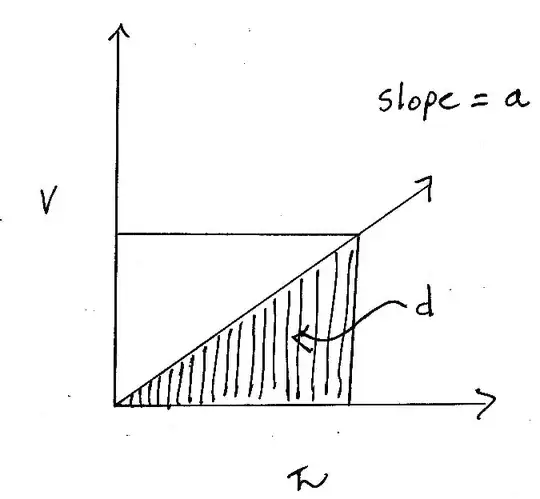The factor of $1/2$ is required from Galilean invariance, so that the energy mixes up with the momentum without a factor. This was understood before relativity, but it is largely conventional before relativity, since you could make the energy mix up with the momentum using some coefficient. Once you have relativity, the $1/2$ is no longer optional.
I'll start with relativity. The kinetic energy formula is the extra energy in a moving particle
$$ {m\over \sqrt{1-v^2}} = m + {mv^2\over 2} + \cdots$$
in units where c=1. The one half comes from the expansion of the geometrical square root, and the square-root form in the denominator is uniquely and naturally fixed by requiring that the energy and momentum fit together into a four vector. This is the only natural definition in relativity, and it is justified by geometry.
In Newtonian mechanics, the energy and momentum transform together after a Galilean boost. If you have a closed system with momenta $p_i$ that add up to zero (center of mass frame), the change in the kinetic energy after a boost, which shifts $p_i\rightarrow p_i - m_i v$ is
$$\sum_i {p_i^2\over 2m_i} \rightarrow \sum_i \frac{m_i}{2}~(v_i - v)^2 = \sum_i {p_i^2\over 2m_i} - \sum_i p_i \cdot v + \sum_i m_i {v^2\over 2} $$
The change has two parts,
$$ \left(\sum_i p_i \right) \cdot v $$
This is the mixing of energy and momentum, and this part is the total momentum dot the velocity, and it is zero when you start in the CM frame. The other part is:
$$ \left(\sum_i m_i \right) {v^2\over 2} $$
This part is the total mass times half the square of the velocity, or the total kinetic energy added to the object by boosting it. You see that you get the right answer, the total mass times the center of mass velocity, now that the center of mass is moving. If the object was already moving, it is nontrivial to ensure that you get the right answer--- the new center of mass velocity squared times the total mass squared--- for the new energy.
This requirement, that the energy is consistent under galilean boosts, is what is meant by the mixing of momentum and energy. It is simplest if you take the coefficient $1/2$, ultimately because this is the natural nonrelativistic limit of relativity. You would have a factor of $2$ in the $p$ mixing term if you didn't take the coefficient $1/2$. It is actually a testiment to the insight of the 19th century physicists that they adopted the most natural convention before relativity was discovered.
